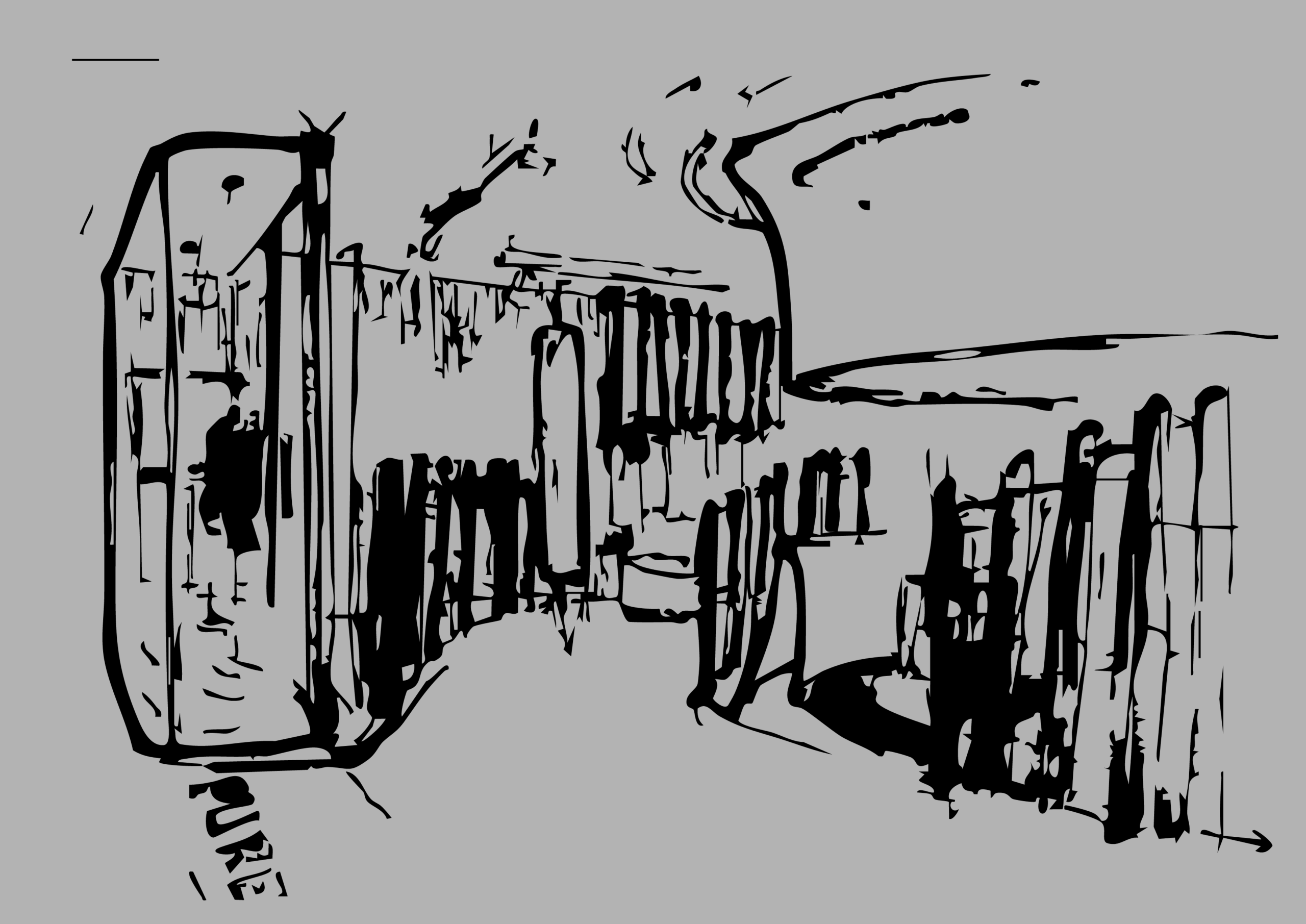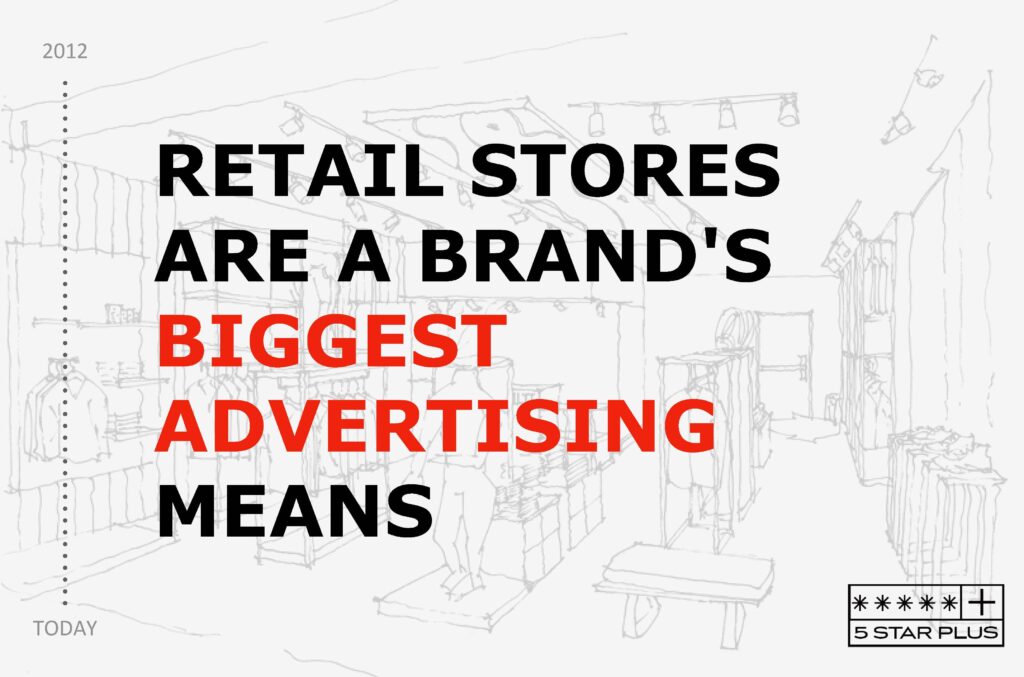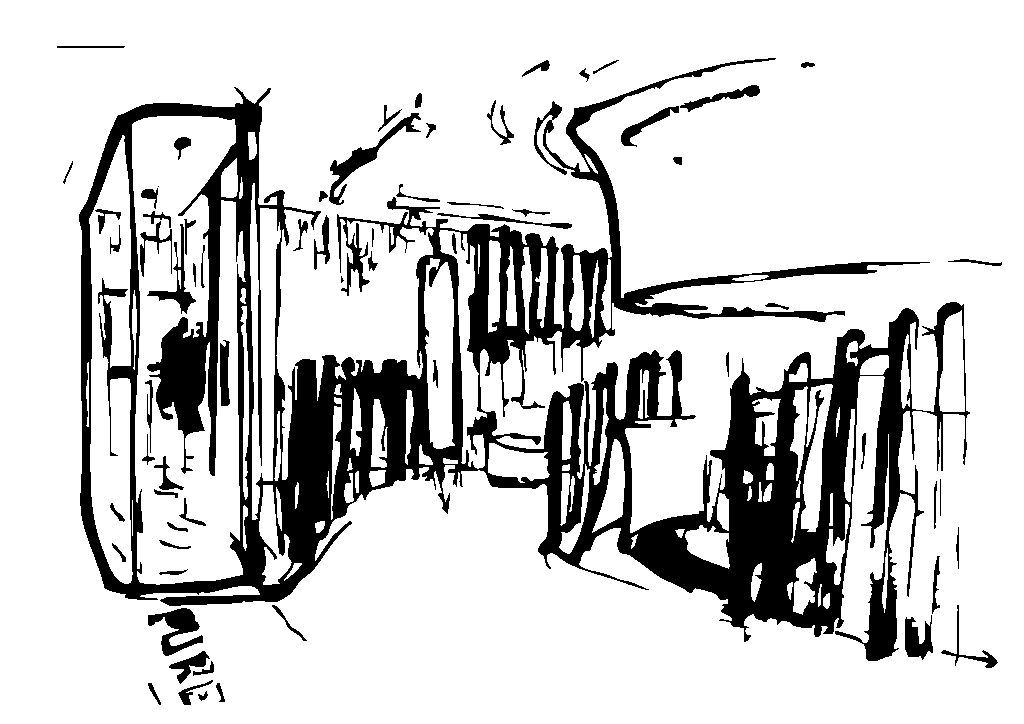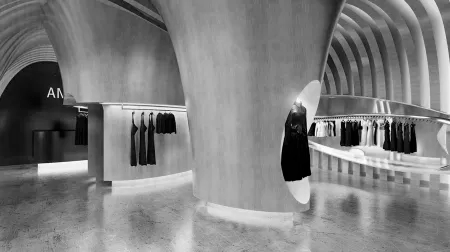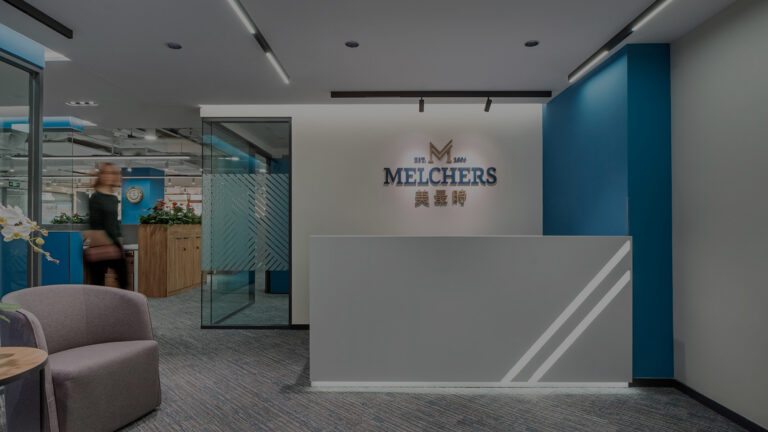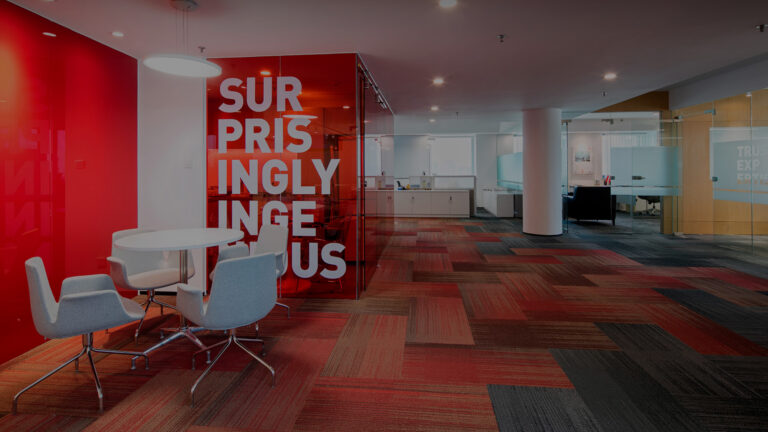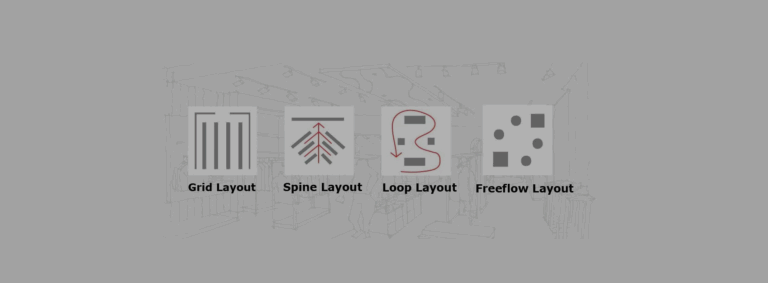For many people, it is neither obvious nor traceable how designers create a store design for a brand. The whole underlying design approach is a mystery to them. There is, in fact, a standard process which we have outlined in the following paragraphs. It is important to note that for a store design project to be successful, all of the below stages are imperative and equally important.
1. The Client Brief
A project generally starts with a client brief. This is a document created by the brand listing the background, expectations, and limitations of the store design project. Sometimes, the design team meets with the client several times before writing all information up into one document becoming the client brief. The client brief usually needs to be signed by the brand and becomes the basis for all future design and project related work.
2. The Information Gathering & Analysis Phase
During this phase, the design team collects information about the background of the client and project, does a site survey and analysis, conducts market research about the products and competitors, and looks for potential inspirations which could be suitable for the store design project. Sometimes, the designers will ask the brand to provide additional information or fill out a questionnaire. This allows them to better understand the client company’s strategic and marketing objectives, and involve stakeholders from different client departments. The analytical work done at this stage usually also includes a space analysis, evaluation of the work flow in the store, as well as diverse charts and visual representations.
It is very important that the brand’s marketing goals and strategic objectives are well understood by the designers considering a store’s design is as important as advertising in communicating a message to customers. Therefore, sufficient time needs to be spent by both the design team and the client on discussing the brand identity, heritage and proposed values.
3. The Preliminary Design
Based on the collected information and analysis, the designers create potential spatial layouts and concept development sketches. The goal is to better understand the properties of the store space, the brand characteristics, and create possible concept directions by bringing the various factors together.
Space planning also includes identifying strategically important areas in the store. This can include positions for signage, the logo, a brand story wall, and/or a featured product display.
Once the conceptual direction of the store design project becomes more concrete, the designers create a preliminary design scheme. This includes the proposed style, color scheme, as well as some preferred materials and finishes to be used in the project. This preliminary design concept then needs to be discussed and agreed on between the brand and the design team. Everything to be designed from here on should be according to the agreed design concept.
4. The Detailed Design
After the design concept is confirmed, the design team can start with the detailed design development: the creation of 3D visuals, technical drawings, and selection of products.
3D renderings (visuals) are usually created of views of the fa?ade and different interior perspectives. Technical drawings include different floor plans with furniture, elevations with fixtures and furniture, detail drawings and furniture specification drawings. The design team will select suitable materials and compose a sample board, as well as producing prototypes of fixtures when required.
A very important part of a store’s design is the lighting scheme which has to be confirmed at this stage. The designers will create a lighting plan and select suitable products. At the same time, the amount and positioning of light switches, electrical power outlets, telephone and internet ports, speakers, and alarm systems have to be confirmed and marked on the respective plans.
To complete the set of technical drawings required for a design submission to the retail landlord or fire protection department, a set of electrical and fire protection plans also needs to be prepared.
Summary
As in most cases, frequent communication between the brand and the design team is key to the success of the project. It is important that both parties understand the steps of the store design process and are aware of each other’s expectations. In addition, designers need to ensure that sufficient time is spent during the information gathering and analysis phase to guarantee that all options are considered and that the client is presented with the best possible store design solution.

